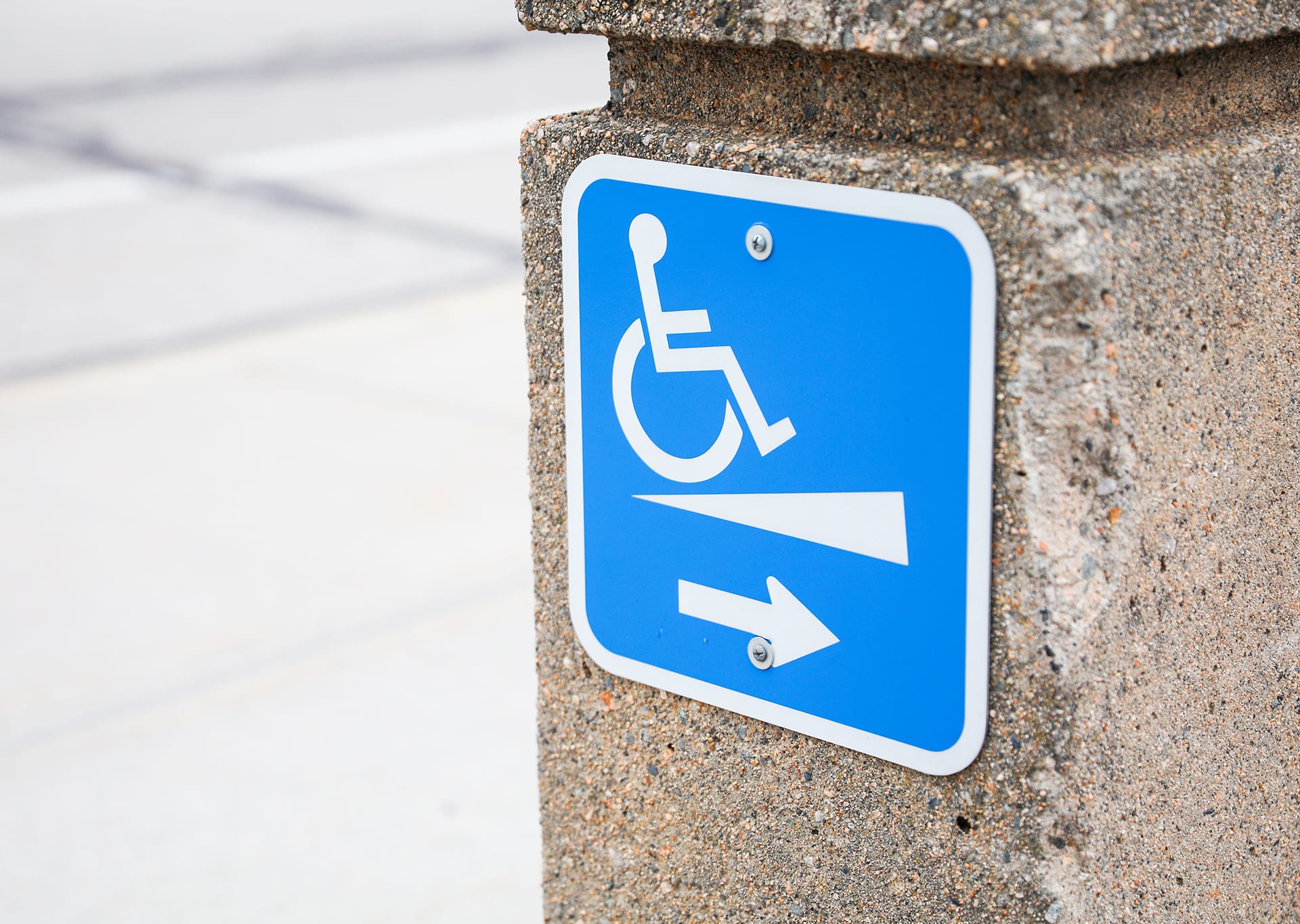
The origin of sign language and its cultural variations
Sign language is a form of visual communication used by deaf and hard-of-hearing people to express themselves and connect with the world. Throughout history, communication through gestures has been a fundamental need for those who cannot hear, leading to the development of complex and structured language systems. However, the recognition of sign languages as complete languages with their own grammatical structure has been a long and often challenging process. Despite the obstacles, today sign languages are an essential part of the identity of deaf communities around the world and continue to evolve over time.
History of sign language
The first records of a visual communication system date back to Ancient Greece and Rome, where gestures were used to communicate with deaf people. Aristotle, in his writings, considered deafness to be a barrier to intellectual development, an idea that persisted for centuries and made it difficult for deaf people to be included in society. However, there were records of communities where gestures were used as a form of everyday communication.
The formal development of sign languages began in the 18th century with the work of Abbot Charles-Michel de l’Épée in France. L’Épée created the first educational system for deaf people, using structured gestures to teach them to read and write. His method allowed many deaf people to access formal education for the first time, marking a milestone in the history of communication for this community.
This approach was adopted and modified in different countries, giving rise to the different sign languages we know today. In America, for example, American Sign Language (ASL) was developed with influences from the French language and indigenous sign systems of the region. In Spain, Spanish Sign Language (LSE) was created, while other countries have developed their own variants adapted to local needs and cultures.
Cultural and linguistic variations
Each country has its own sign language, which reflects the cultural and linguistic characteristics of its society. Although the concept of visual communication is universal, gestures, grammar and syntactic structure vary considerably. This means that there is no “universal sign language”, although some signs may be shared between different countries.
An example of these differences is between American Sign Language (ASL) and British Sign Language (BSL). Although both countries share the English language in its spoken form, their sign languages are completely distinct and not mutually intelligible. In addition, some sign languages have regional dialects with specific variations depending on the area. For example, in Mexico, Mexican Sign Language (LSM) presents differences between the north and south of the country. In Argentina, Argentine Sign Language (LSA) also has regional variations that enrich its expression.
Another important aspect is the cultural influence on the development of sign languages. Some deaf communities have incorporated expressions from their culture into their sign languages, generating specific signs that reflect their history and traditions. This is also observed in the use of facial and body expressions, which play a fundamental role in communication and can have different meanings depending on the region or community.
The importance of recognition and inclusion
Throughout history, sign languages have faced numerous challenges to their official recognition. For many years, educational systems promoted the oralist method, which forced deaf people to learn to speak and lip-read instead of using sign language. This practice limited access to education for many deaf people and made it difficult to transmit sign languages between generations.
Fortunately, in recent decades there has been a growing recognition of sign languages as complete and essential languages for communication for the deaf community. Today, many countries have granted official status to their sign languages, which has allowed for advances in education, accessibility and rights for deaf people. Technology has also played a key role in inclusion, with the creation of translation apps, educational videos and tools that facilitate communication between deaf and hearing people.
Conclusion
Sign language is much more than a means of communication; it is a reflection of the world’s cultural and linguistic diversity. Its history and evolution highlight the importance of respecting and preserving local sign languages as an integral part of cultural heritage. Furthermore, official recognition and promotion of these languages are essential to ensure inclusion and equal opportunities for the deaf community.
As society moves towards greater inclusion, it is essential to foster education and awareness about sign languages. Learning about these languages and their history not only allows for improved communication with the deaf community, but also contributes to building a more just and equitable society for all.








